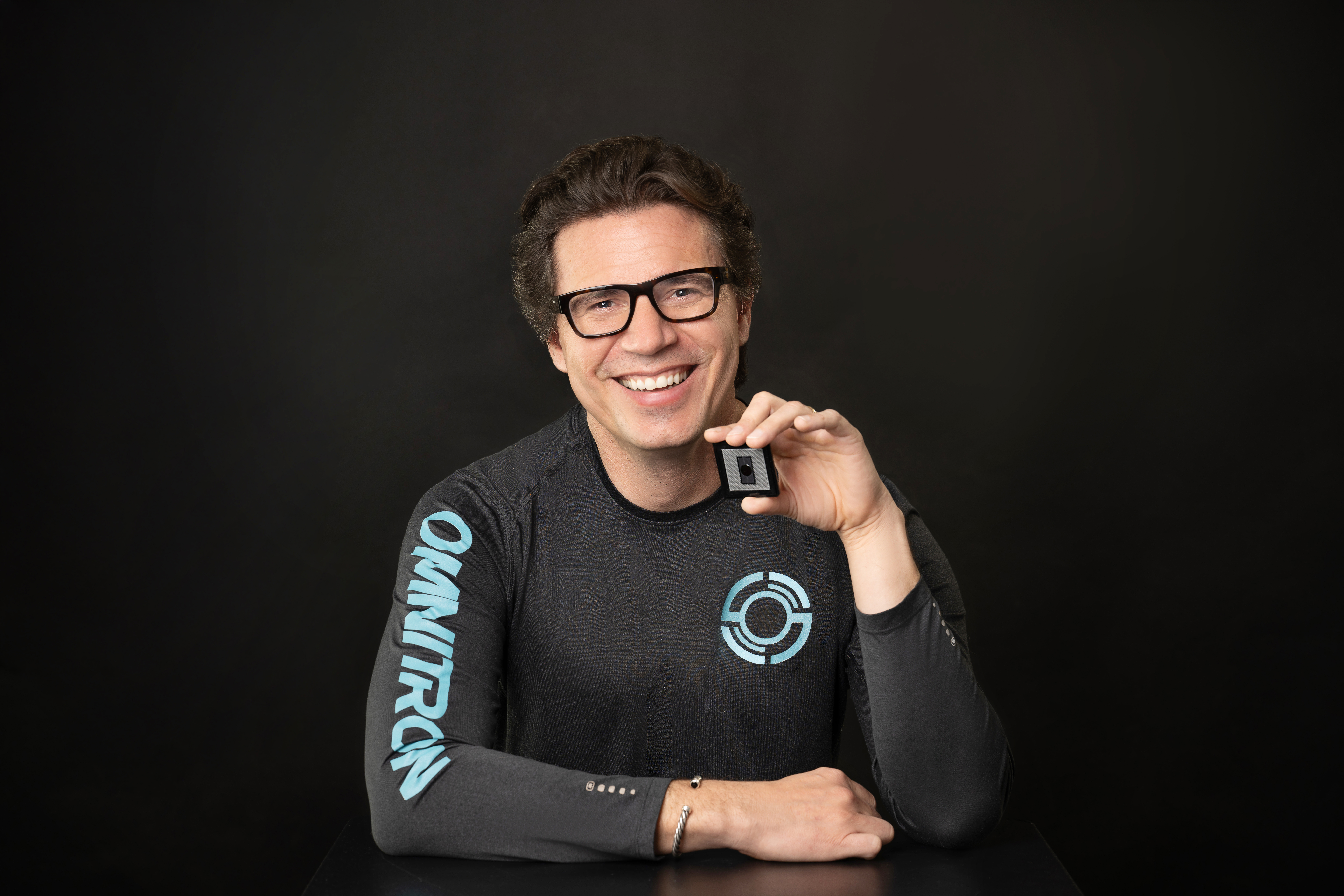
–Distinguished engineering executive and technologist to lead Omnitron’s product development and manufacturing scale-up
LOS ANGELES — April 8, 2025 — Omnitron Sensors, the pioneer in MEMS fabrication IP for a new world of sensors, today announced the appointment of Ijaz Jafri, Ph.D., as vice president of engineering. Dr. Jafri brings a 20+-year track record of successfully bringing disruptive MEMS and semiconductor technologies to market in the automotive, industrial, aerospace, defense and consumer sectors.
Technology and Managerial Leadership
In his new role, Dr. Jafri will oversee Omnitron’s engineering strategy, lead the company’s multidisciplinary development teams, and scale the transition from R&D to high-volume production. His appointment marks a significant milestone in Omnitron’s growth as it moves to commercialize its breakthrough sensor platform.
Omnitron Sensors Co-founder & CEO Eric Aguilar shared his enthusiasm in welcoming Dr. Jafri.
“We’re excited to welcome Ijaz to Omnitron at a pivotal time for the company,” said Mr. Aguilar. “His experience leading engineering at both startups and global enterprises — and bringing complex technologies from proof-of-concept to volume production — is exactly what we need as we scale. Ijaz’s track record across automotive, industrial and defense markets will be invaluable as we bring our novel semiconductor topology to market.”
Before joining Omnitron, Dr. Jafri held senior leadership roles at Panasonic Corporation of North America, Qualtre Inc., Honeywell International, Corning, and GT Advanced Technologies. In these roles, he built and led global engineering teams, developed strategic product roadmaps, and established robust manufacturing and supply-chain systems in North America, Europe and Asia.
Dr. Jafri eagerly embraces his new leadership role at Omnitron Sensors.
“Omnitron Sensors’ uniquely differentiated MEMS manufacturing technology — which delivers higher capacitance per unit area — has the potential to unlock entirely new product categories in cost-sensitive, high-volume markets,” said Ijaz Jafri, Ph.D., vice president of engineering at Omnitron Sensors. “I’m excited to join a team redefining what’s possible in sensor performance and manufacturability.”
Dr. Jafri holds 21 U.S. patents, has authored numerous peer-reviewed publications, and is recognized as a thought leader in the MEMS industry. He is a certified Six Sigma Black Belt and an ISO 26262 Functional Safety expert. He holds a Ph.D. and M.S. in mechanical engineering from the State University of New York at Stony Brook and a B.S. from the New York Institute of Technology.
About Omnitron Sensors
Founded in 2019 by a core group of MEMS industry innovators, Omnitron Sensors has invented new MEMS fabrication IP that improves device performance and reliability, and that streamlines assembly to produce MEMS sensors for price-sensitive, high-volume markets, such as OXCs for AI data centers, and optical subsystems for advanced driver assistance systems (ADAS), drones, XR headsets, toxic gas-detection systems, and other connected electronics that are integral to our daily lives. For more information, email info@omnitronsensors.com or visit https://omnitronsensors.com/contact-us/.
The Omnitron Sensors logo is a registered trademark of Omnitron Sensors. All other product and company names are trademarks or registered trademarks of their respective holders.
Press Contacts
Eric Aguilar, Omnitron Sensors
Email: eric[at]omnitronsensors.com
Maria Vetrano, Vetrano Communications
Email: maria[at]vetrano.com




